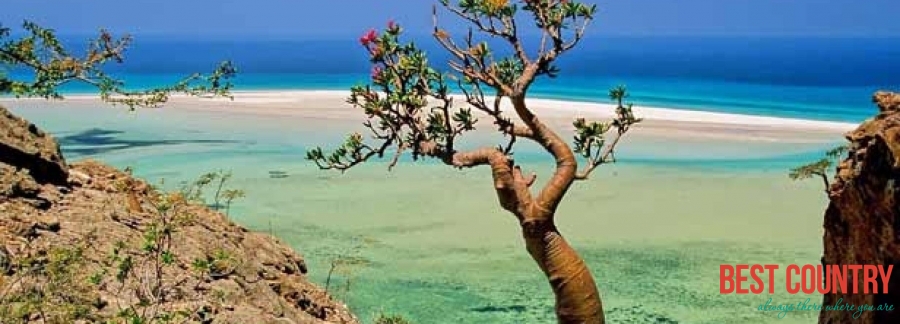Climate of Somalia

Somalis recognize four seasons, two rainy (gu and day) and two dry (jiilaal and hagaa). The gu rains begin in April and last until June, producing a fresh supply of pasture and for a brief period turning the desert into a flowering garden. Lush vegetation covers most of the land, especially the central grazing plateau where grass grows tall. Milk and meat abound, water is plentiful, and animals do not require much care. The clans, reprieved from four months' drought, assemble to engage alternately in banter and poetic exchange or in a new cycle of hereditary feuds. They also offer sacrifices to Allah and to the founding clan ancestors, whose blessings they seek. Numerous social functions occur: marriages are contracted, outstanding disputes are settled or exacerbated, and a person's age is calculated in terms of the number of gus he or she has lived. The gu season is followed by the hagaa drought (July-September) and the hagaa by the day rains (October-November). Next is jiilaal (December-March), the harshest season for pastoralists and their herds.
Most of the country receives less than 500 millimeters of rain annually, and a large area encompassing the northeast and much of northern Somalia receives as little as 50 to 150 millimeters. Certain higher areas in the north, however, record more than 500 millimeters a year, as do some coastal sites. The southwest receives 330 to 500 millimeters. Generally, rainfall takes the form of showers or localized torrential rains and is extremely variable.
Mean daily maximum temperatures throughout the country range from 30° C to 40° C, except at higher elevations and along the Indian Ocean coast. Mean daily minimum temperatures vary from 20° C to more than 30° C. Northern Somalia experiences the greatest temperature extremes, with readings ranging from below freezing in the highlands in December to more than 45° C in July in the coastal plain skirting the Gulf of Aden. The north's relative humidity ranges from about 40 percent in midafternoon to 85 percent at night, varying somewhat with the season. During the colder months, December to February, visibility at higher elevations is often restricted by fog.
Temperatures in the south are less extreme, ranging from about 20° C to 40° C. The hottest months are February through April. Coastal readings are usually five to ten degrees cooler than those inland. The coastal zone's relative humidity usually remains about 70 percent even during the dry seasons.